Bopiliao Historic Block: A Cultural Time Capsule in Taipei
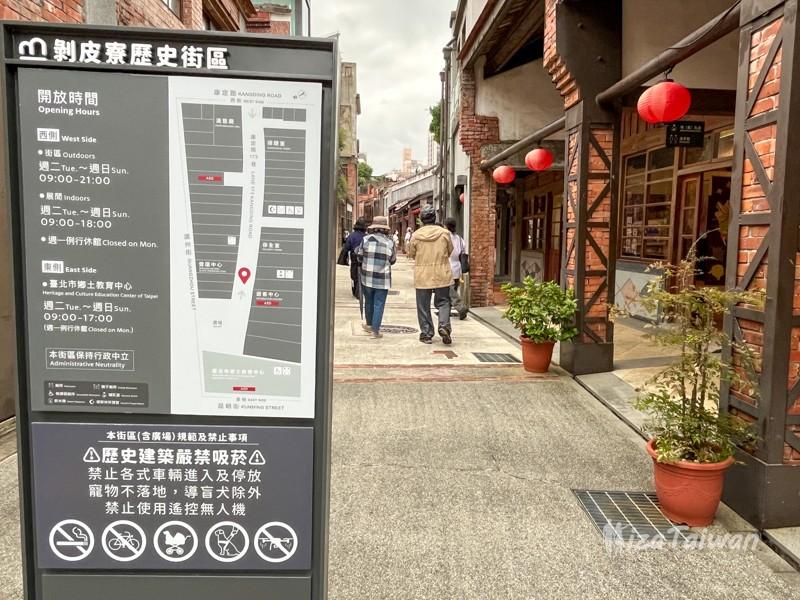
Wanhua Dist., Taipei City
Sightseeing
Located in Taipei's Wanhua District, Bopiliao Historic Block is one of the few remaining Qing Dynasty streets in Taipei and an important window into understanding Taipei's historical development. This area preserves a remarkably complete Qing Dynasty street layout, traditional shop houses, and architectural styles from the Japanese colonial period. Walking through it is like stepping back in time to Taipei a century ago.

The origin of the name "Bopiliao" is debated. One theory suggests that it was named after the area's early use as a place for peeling tree bark to produce timber. Another theory is that it was once a distribution center for selling tree bark. Regardless of the truth, Bopiliao was an important commercial area in Taipei during the Qing Dynasty, gathering many merchants and witnessing Taipei's economic development.
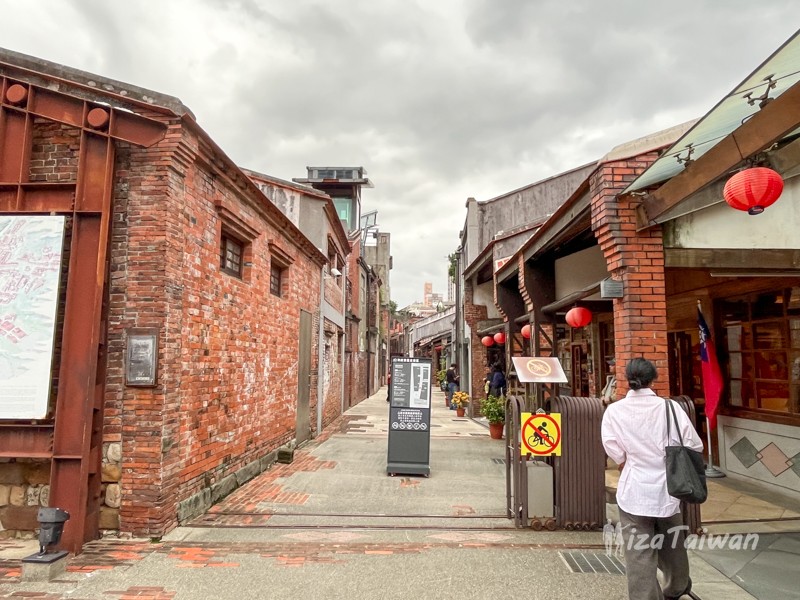
The Bopiliao settlement dates back to the 28th year of the Qianlong reign in the Qing Dynasty (1763), when it was known as "Beipiliao Street." In the mid-Qing Dynasty, it was also called "Fudiliao Street." Through the Qing Dynasty, Japanese colonial period, and the Republic of China era, Bopiliao underwent urban planning such as the "Urban Redevelopment," and has now become a historical alley hidden in Lane 173, Kangding Road. It was known in earlier times for its shops and commercial settlements, and during the Japanese colonial period, it was called "Kitapiryo 1-chome," and later renamed "Hakkacho" and "Shintomicho." Nearby sections of the road were once the "Tuk Tansui" coal distribution center.
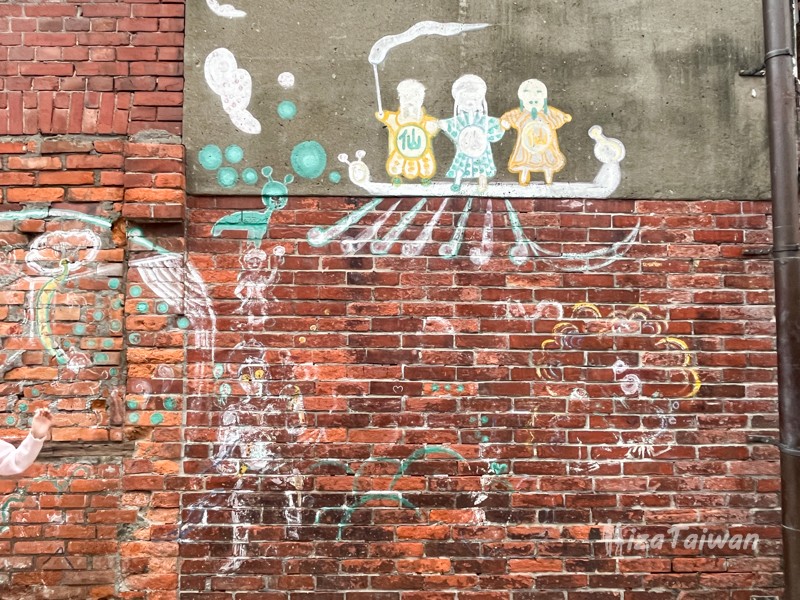
Spanning the Qing Dynasty, Japanese colonial period, and the Republic of China era, the architectural complex combines traditional shop houses and Western-style archways. The north side mainly consists of Qing-style shops and residences, with narrow shops and shared walls between neighbors, commonly featuring a "front shop, back residence" or "lower shop, upper residence" layout. The south side features British classical-style brick street houses from the Japanese colonial period, retaining the arcade design, with Minnan-style structures used for the roof, known as "pailou cuo." Some street house facades are simply decorated, showcasing the local characteristics of Mengjia compared to other historical blocks.

During the Japanese colonial period, Bopiliao's architectural style was influenced by Japanese culture, and many Japanese-style houses appeared. However, due to changes in urban development, Bopiliao gradually declined, and many houses fell into disrepair. In 2009, after restoration and planning by the Taipei City Government, Bopiliao reopened as a historic block, becoming an important cultural attraction in Taipei.
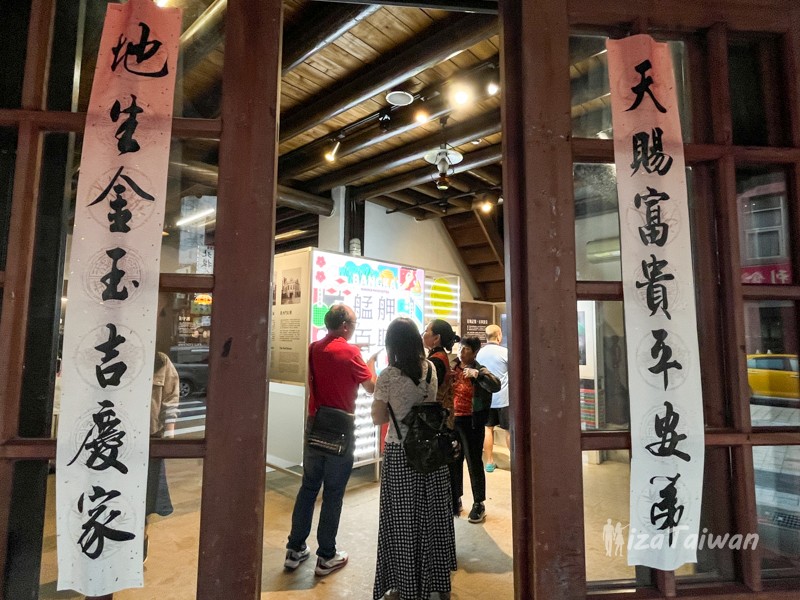
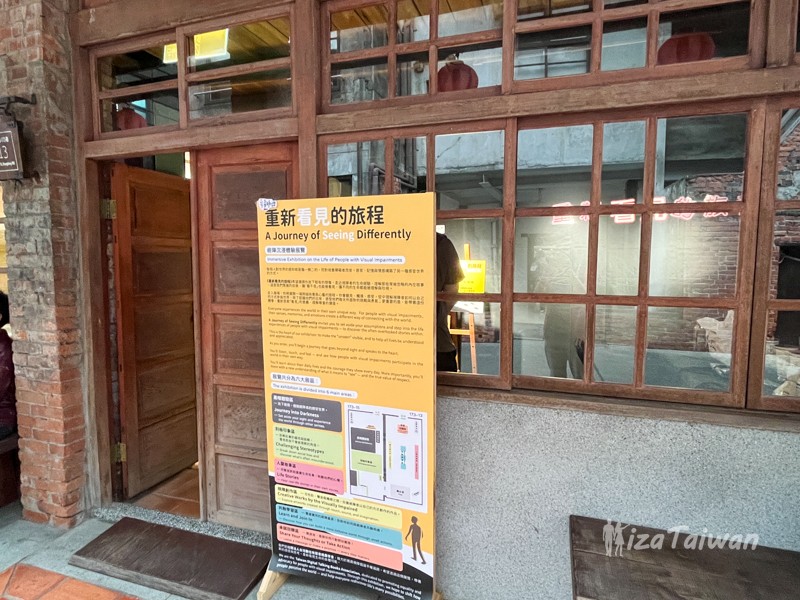
Walking along the streets of Bopiliao, you can see many well-preserved old shop houses. Although the exteriors of these shop houses are rustic, the interiors have been modernized, becoming cultural and creative shops, cafes, and art galleries, allowing you to experience the perfect combination of tradition and modernity.
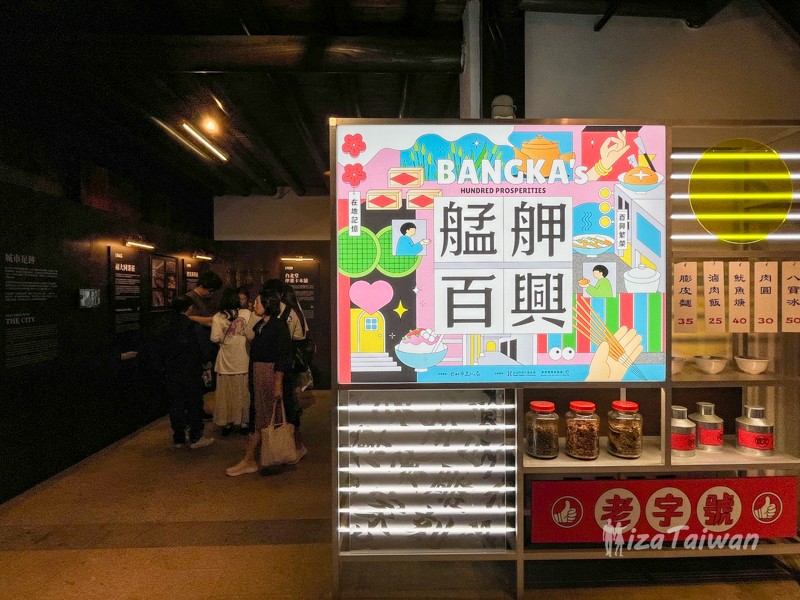
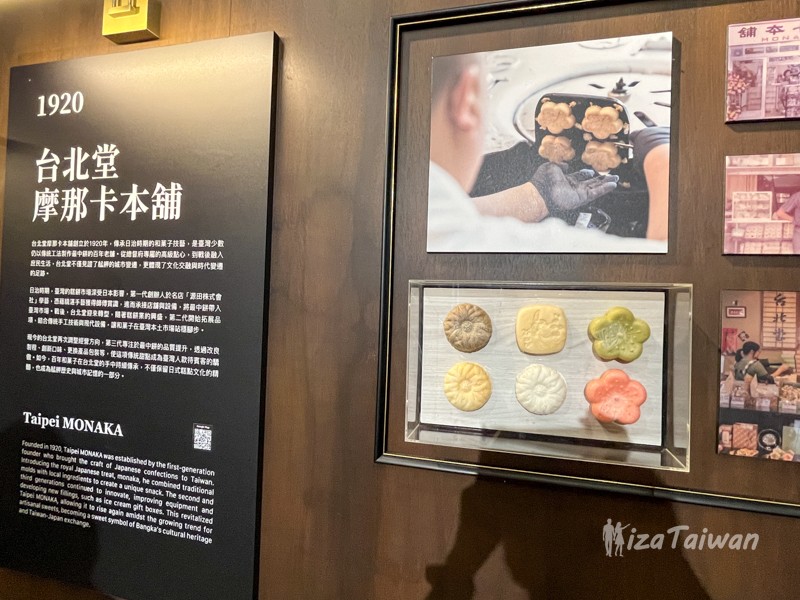
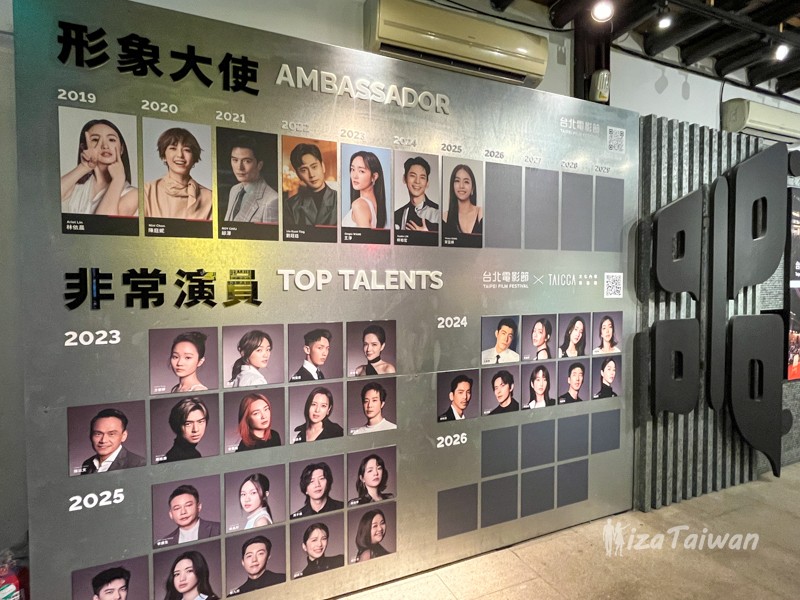
Bopiliao Historic Block frequently hosts various cultural activities, including exhibitions, performances, workshops, and more. Here, you can admire the works of artists, watch traditional opera performances, and even create various handicrafts yourself. These cultural activities inject new vitality into Bopiliao and attract many tourists to visit.
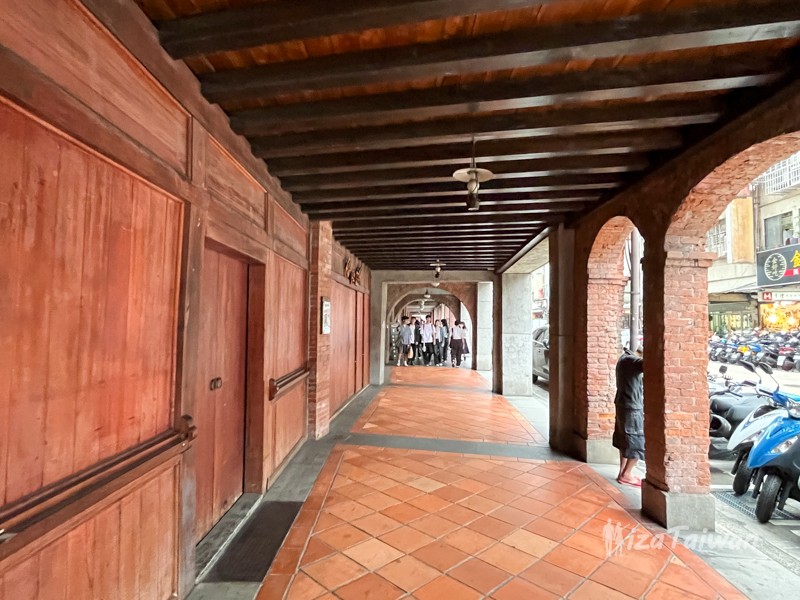
Nearby Attractions/Food:
Monga Night Market: A Food Paradise in Taipei's Wanhua District
Lungshan Temple: A Journey Through History, Architecture, and Faith
『Bopiliao』
Address: Lane 173, Kangding Road, Wanhua District, Taipei City
Opening Hours: Tuesday to Sunday 09:00-18:00 (Closed on Mondays)
Transportation: Take the Taipei MRT to Longshan Temple Station and walk for about 5 minutes.
Published in 2025
